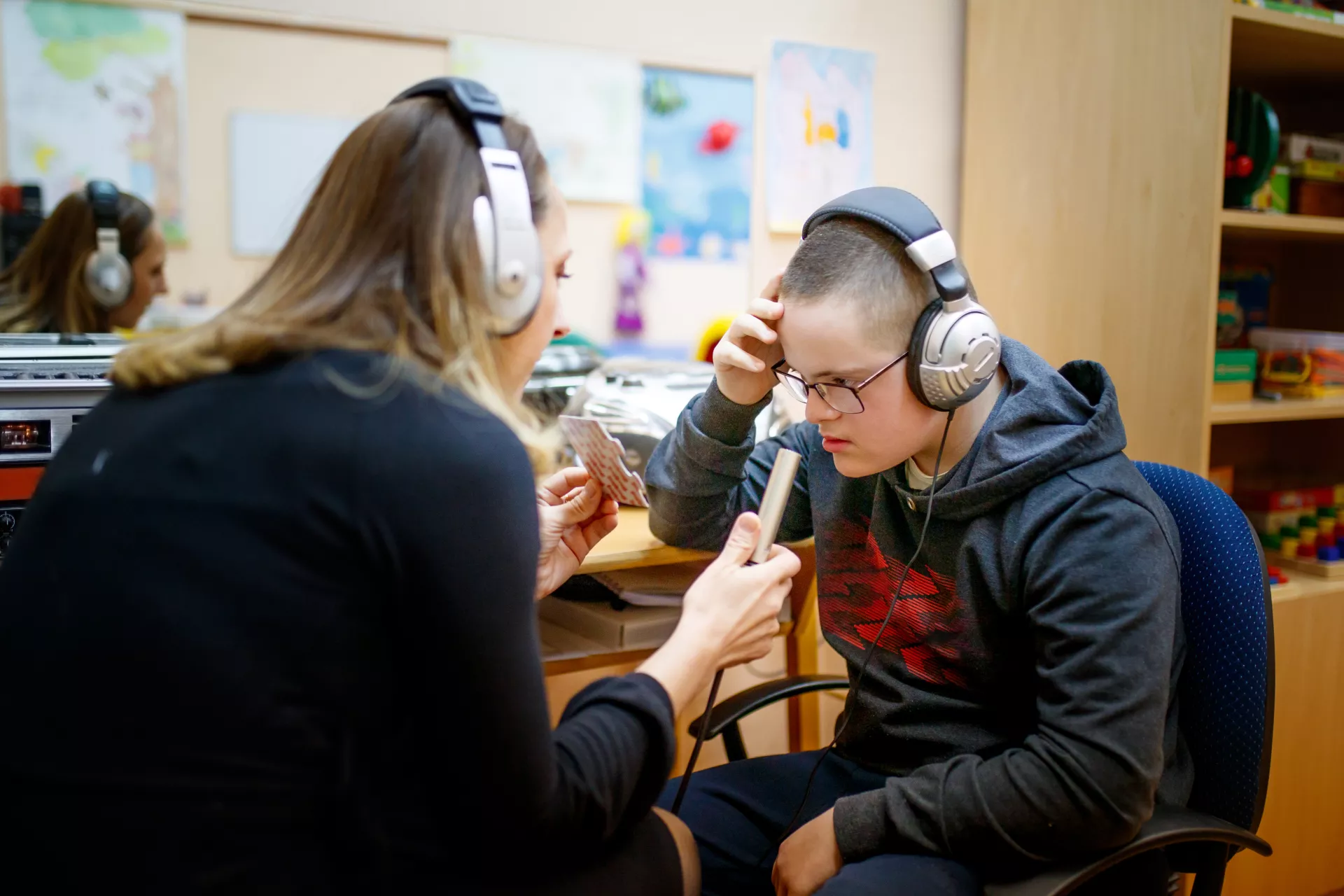Over the past 10 years, there has been a 30 percent rise in the number of U.S. students enrolled in special education programs. Almost every class in the nation has at least one student with a disability, and public schools are helping educate millions of children with disabilities.
However, Congress has yet to adequately commit to funding special education. Underfunding these programs can hinder a student’s growth and potential to reach their full ability.
Understanding the Rights of Your Student
With the rise of special needs programs in the nation and a shifting political environment, it is important for you as a parent to be aware of the rights that your child has to get a quality education.
The Individuals with Disabilities Education Act (IDEA) ensures these rights are not being violated or altered. Across the country, IDEA makes free, appropriate public education available to eligible children with disabilities, and ensures special education and related services are offered to those children. For example, your school district may be required to provide physical therapy or speech language therapy to students as needed.
Additionally, school districts may need to modify the regular education program in order to provide your student with the appropriate education. Examples of such modifications include additional time to take tests or exceptions to an absence policy when a student’s absences are due to a disability. Find more information about the types of services required in public schools by federal law here.
The IDEA governs state-provided early intervention, special education, and related services to more than 6.5 million eligible infants, toddlers, children and youth with disabilities. It also authorizes the following:
- Formula grants to states to support special education and related services, and early intervention services.
- Discretionary grants to state educational agencies, institutions of higher education, and other nonprofit organizations to support research, demonstrations, technical assistance and dissemination, technology development, personnel preparation and development, and parent training and information centers.
Advocating on Behalf of Your Child or Other Students
Talk to your child’s educator about the best path for your child and find out what programs or modifications may be available to you. Remember that you’re not alone — there are many people on your team that all have the same goal of helping your child grow and learn during their academic journey. Reach out to your child’s principal, vice principal or other parents if you have additional questions.
It’s up to all of us to share in the success of every student. By knowing your child’s rights and playing an active role in ensuring they are protected, we can all do our part to ensure special education programs stay top of mind.
Find more information on IDEA and additional resources for your child here. You can also contact your state’s resource — find your local contact using this list.

